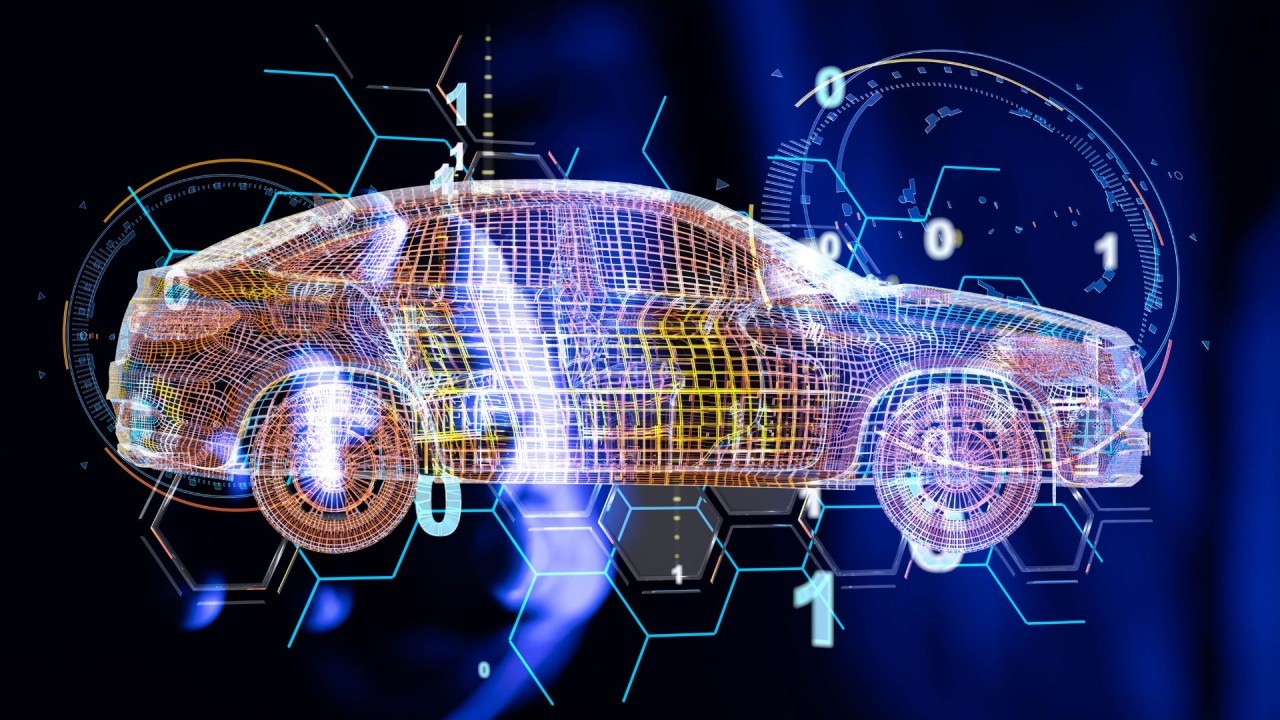
The automotive industry is rapidly undergoing transformations. New technological trends, the greater emphasis on sustainability, and consumer mindsets are the catalysts for these changes in this sector.
Automotive manufacturers who want to survive in the ‘post 2030 world’ will have to adopt a ‘customer-centric mindset’ and will also look to reskill their existing people. This will strengthen their hand in the face of the coming ‘Inflection Point’ as they will not only be investing in future market demand – a desirable outcome – but also unlocking their most valuable assets: their software competence, the competence for the development of ADAS/active safety features and competence in connectivity.
Connected Cars
With connected cars, vehicles are enabled to talk not only with each other but also with the surrounding infrastructure, leading to a number of benefits, including smarter traffic flow management, safer driving practices and significantly improved fuel economy. Many benefits can be brought about by V2X technology: smarter traffic flow management; safer driving practices; improved fuel economy. Because of the embedded connectivity, the car manufacturer is now able to remotely update the embedded software and sell new features or performance enhancement through the vehicle – very similar to what carriers do with smartphones today. This shift from the product sale to lifecycle monetisation is what has pushed automotive in the direction of a subscription model. And connected cars are changing the car use model by providing consumers with other choices beyond a vehicle purchased to be driven by the individual who owns it – such as ride-hailing and carsharing. Using connected car technologies to help manage drivers and vehicles, while providing user experiences to consumers that seem integrated, has both transformed how cars can be used and also redefined industry priorities by changing consumer priorities from owning a car to accessing it – in essence, opening a new revenue stream for automotive companies.
Autonomous Driving
Level 4 and 5 autonomous cars will have a big impact on the car industry and some people believe that they might replace private cars completely in the future, which can reduce the number of cars sold by car industry, consequently, revenues of the car industry will be diminished.
On the one hand, level 4 and 5 autonomous cars will definitely increase job loss among car manufacturers since these cars do not require human operation anymore. Therefore, expenses for manufacturers will be cut and it is logical to believe that such a saving would lead to reduced productions. Therefore, the number of people working in the car sector will be diminished and revenues from people working in this sector will decrease.
On the other hand, there are also people who hit back against this view and point out that autonomous cars will have diverse applications, for instance, taxi applications which leave the responsibility for paying the car’s expenses on the customer. This option will highly increase such revenues and can therefore make profit significantly.
To sum up, although decreasing the products of the car industry might be a side effect of autonomous cars, this type of car will open doors to growing business opportunities and consequently businesses can reap united benefits which employed people can enjoy. The complexity of autonomous driving – getting from point A to point B in a reliable and safe manner – hinges particularly on a sophisticated set of sensors capable of scanning environments. These include various flavours of radar and video cameras that can read signs and track other vehicles on the road, and even Lidar – a modern variant of radar that uses pulses of light to calculate distance by bouncing them off objects in the near vicinity of a vehicle. Sensors need to be able to respond to tunnels, flyovers and motorway maintenance works, and detector lights need to be able to identify pedestrians across roads. Carmakers have made big advances in the goal of creating autonomous vehicles but there are still challenges – notably human behaviour. Drivers can become distracted or lose concentration when driving, leading to accidents.
Mobility as a Service (MaaS)
Customers need not buy the model but could still negotiate service packages with transportation providers, saving on both money and time when taking advantage of ridesharing transportation services. Moreover, they would avoid all costs associated with a privately owned vehicle. Most commonly, this occurs via car-pooling, e-bike and scooter share and ridesharing services using fleet vehicles. By reducing the usage of single-occupant cars, these services can reduce congestion in density areas while also reducing carbon emissions and increasing sustainability and liveability, while enhancing accessibility. These benefits will only continue to grow around the world.
Advanced Technology
Global automotive manufacturers are embracing the Fourth Industrial Revolution, with many working in partnership with technology companies so as to design and manufacture ‘operating system’ software to power automotive systems such as autonomous driving – allowing for safer vehicles – and the Internet of Things, allowing real-time communication between vehicle systems and the surrounding infrastructure. AI plays a key role in safety features such as drowsiness and distraction detection, as well as helping manufacturers to lower costs by predicting inventory levels, demand forecasting and the smoothing of supply chains. Under the pressure of rising inflationary costs against thinning margins, many suppliers are showing signs of stress. A renewal plan would demand the creation of new operating models along with hiring the appropriate talent, and actionable revenue generation plays such as on-demand mobility services and revenues from feature upgrades.
The Age of Constant Disruption
In an era of rapid technological change that is upending and reinventing industries, automotive manufacturing is no exception. Some excerpts about consumer market shifts (Tweet this quote) As a result of widespread consumer market shifts, the automotive industry will move away from private car ownership toward shared mobility solutions. At the same time, this shift is poised to generate an additional overall revenue of potentially up to $1.5 trillion for the industry sector over the next few decades. As such, they are actively searching for ways to leverage this new revenue stream, such as entering into partnerships with ride-hailing services, as well as providing vehicle subscription services. The other strategy carmakers are adopting is to make vehicles more and more upgradeable, so consumers can easily upgrade to the latest technology.

